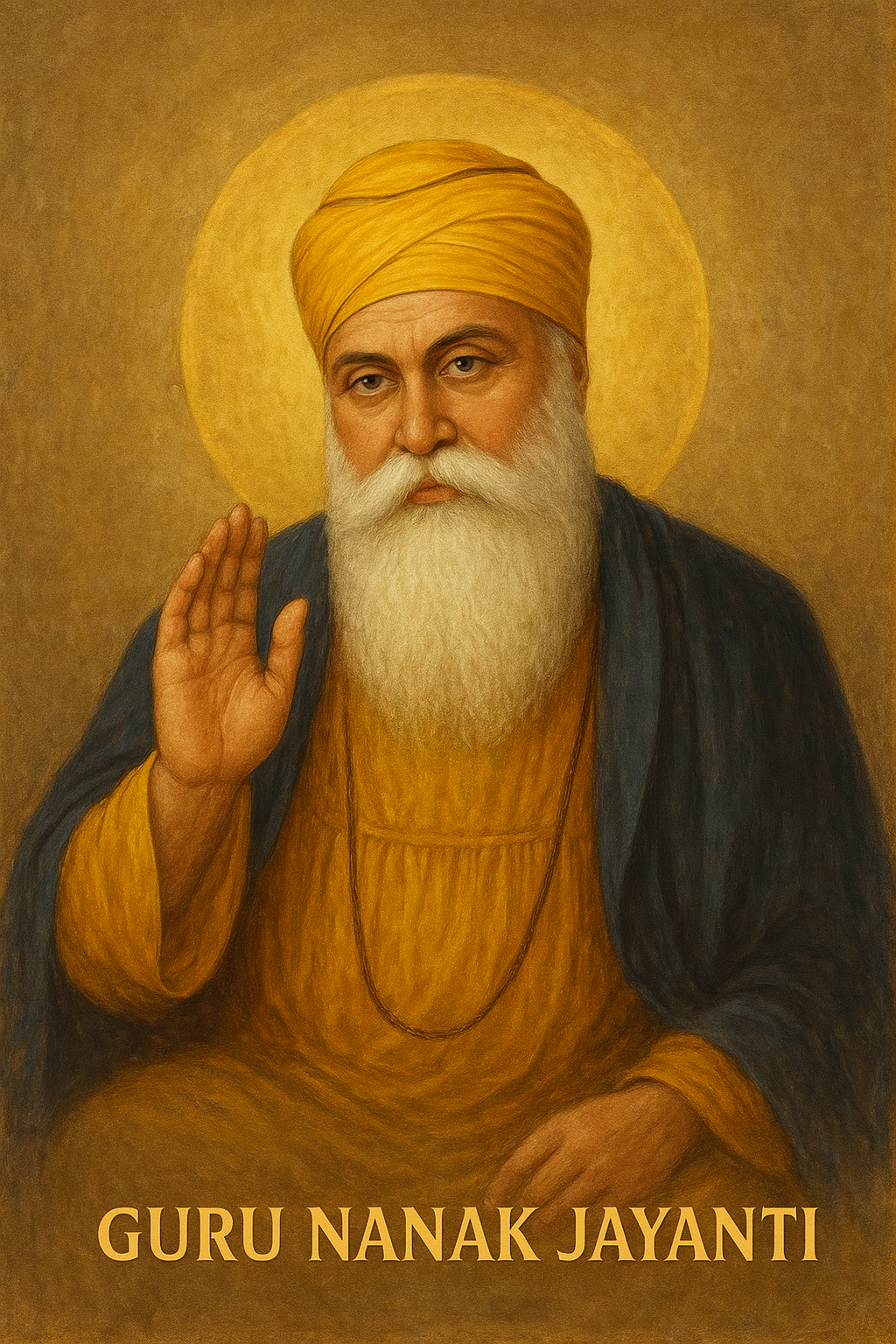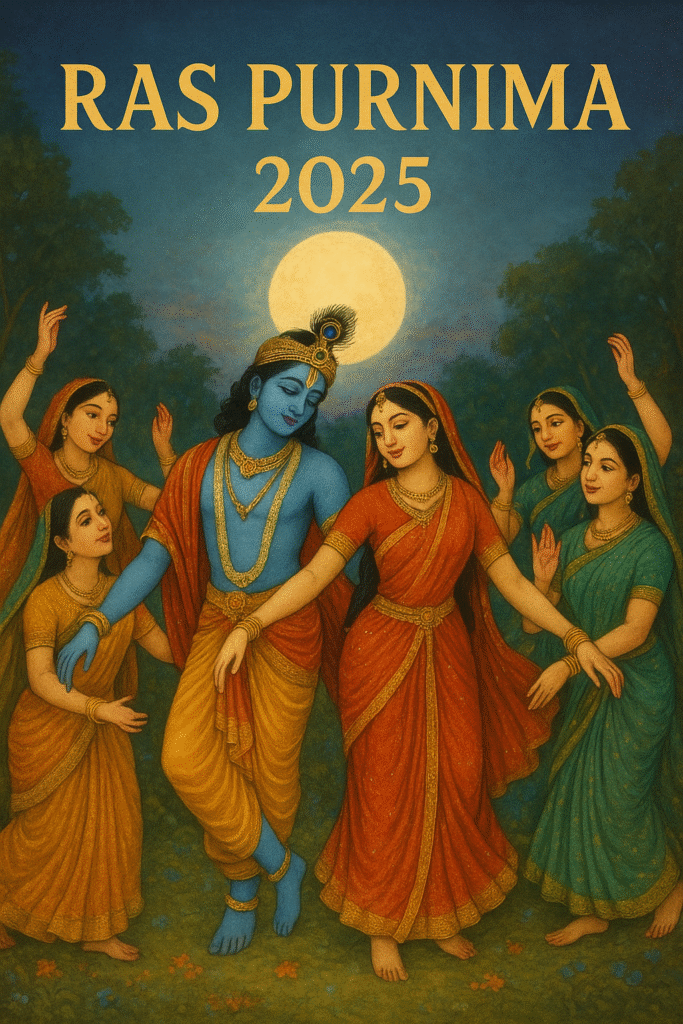Shravani Purnima: A Day of Sacred Threads, Sibling Bonds, and Spiritual Renewal

Discover the significance of Shravani Purnima, a sacred festival celebrated in India, highlighting its rituals, traditions, and cultural importance.
Trending News Fox, Digital Desk Team, Kolkata
Edited by Saibal Bose
Shravani Purnima: A Day of Sacred Threads, Sibling Bonds, and Spiritual Renewal
Shravani Purnima, the full moon day in the sacred Hindu month of Shravan (or Sawan), is one of the most auspicious and culturally vibrant days in the Hindu calendar. Occurring in July or August, this day is not a single festival but a beautiful confluence of several traditions and celebrations across India. From the cherished bond of siblings to the reverence for ancient knowledge and the gratitude shown to nature, Shravani Purnima encapsulates a rich tapestry of rituals and emotions.
The name itself, ‘Shravani Purnima’, is derived from the month ‘Shravan’ and ‘Purnima’, which means full moon. The entire month of Shravan is dedicated to Lord Shiva, and the full moon day marks a spiritual peak, making it an ideal time for sacred vows, rituals, and new beginnings. The day is celebrated under various names, each with its unique customs: Raksha Bandhan, Narali Purnima, Avani Avittam, and Kajari Purnima.
Raksha Bandhan: The Bond of Protection
Perhaps the most widely recognized celebration on Shravani Purnima is Raksha Bandhan. This beloved festival celebrates the profound bond between brothers and sisters. ‘Raksha’ means protection, and ‘Bandhan’ means bond. On this day, sisters tie a sacred thread, known as a ‘rakhi’, on their brothers’ wrists. This thread symbolizes the sister’s love and prayers for her brother’s well-being and prosperity. In return, the brother offers gifts and vows to protect and stand by his sister through all circumstances. Raksha Bandhan transcends biological relationships, often being celebrated between cousins, friends, and even neighbours, reinforcing community ties and mutual respect.
Narali Purnima: A Homage to the Sea
In the coastal regions of India, particularly in Maharashtra, Goa, and parts of Gujarat, Shravani Purnima is celebrated as Narali Purnima or ‘Coconut Full Moon’. This festival is primarily observed by the fishing communities. After the tumultuous monsoon season, during which fishing is suspended, this day marks the beginning of the new fishing season. Fishermen offer coconuts ($nariyal$) to the sea god, Lord Varuna, as a gesture of gratitude and to seek his blessings for a safe and bountiful season ahead. The coconut, with its three eyes, is considered a symbol of Lord Shiva. Devotees decorate their boats, sing traditional songs, and make offerings of coconut rice, celebrating the life-giving and life-sustaining power of the sea.
Avani Avittam: The Renewal of Vows and Knowledge
For the Brahmin community in Southern and Western India, Shravani Purnima is observed as Avani Avittam or Upakarma. ‘Upakarma’ signifies the beginning or renewal of Vedic studies. On this day, Brahmin men perform a ritualistic ceremony, often on the banks of a river or a temple pond, where they take a holy dip and change their sacred thread, known as the $janeu$ or $yajnopavita$. This act symbolizes a shedding of past sins and a renewal of their commitment to spiritual and intellectual pursuits. The day begins with a rite of atonement, the $Kamarokarsheet Japam$, where they repent for any misdeeds committed over the past year. This festival underscores the profound importance placed on knowledge, discipline, and spiritual purity in Hindu philosophy.
Kajari Purnima: A Celebration of Agriculture and Motherhood
In Central India, including parts of Madhya Pradesh, Chhattisgarh, and Uttar Pradesh, this day is known as Kajari Purnima. It is a significant festival for farmers and women. The rituals begin on the ninth day after Shravan Amavasya (new moon), where women plant wheat or barley saplings in small pots filled with soil. They care for these saplings for a week, and on Kajari Purnima, they carry the pots on their heads in a procession to a nearby water body and immerse them. This festival is a celebration of the harvest and is performed by mothers praying for the long life and well-being of their sons.
In conclusion, Shravani Purnima is a remarkable example of India’s unity in diversity. While the rituals and names vary from region to region, the underlying themes of protection, gratitude, renewal, and reverence for nature and knowledge remain constant. It is a day that beautifully weaves together familial bonds, community spirit, and deep-rooted spiritual traditions.
Frequently Asked Questions (FAQ)
1. When is Shravani Purnima in 2025?
Shravani Purnima in 2025 falls on Monday, August 18th. The Purnima Tithi (full moon phase) will begin on August 18th and end on August 19th. The primary celebrations, including Raksha Bandhan, will take place on August 18th.
2. What does ‘Shravani’ mean?
‘Shravani’ refers to the month of Shravan in the Hindu lunar calendar. It is considered a highly auspicious month, especially for the worship of Lord Shiva.
3. Why is the full moon significant on this day?
In Hindu cosmology, the Purnima or full moon is a time of heightened spiritual energy. It is considered an auspicious time ($muhurta$) for performing religious ceremonies, making vows, and starting new ventures. The full moon in the month of Shravan is particularly potent.
4. Can anyone celebrate Raksha Bandhan?
Yes, Raksha Bandhan has evolved beyond its traditional context. While it primarily celebrates the brother-sister bond, it is now common for people to tie rakhis on the wrists of friends, elders, and even soldiers, symbolizing care, respect, and a prayer for their safety.
5. What is the significance of the coconut in Narali Purnima?
The coconut is considered a highly auspicious offering in Hindu rituals. Its hard shell represents the ego, which must be broken to reveal the pure, white kernel of inner purity and knowledge. Offering a coconut to the sea god Varuna symbolizes a prayer for protection and prosperity.
6. What is the sacred thread ($janeu$) changed during Avani Avittam?
The $janeu$ or $yajnopavita$ is a sacred thread consisting of three strands, worn by Brahmin men after their initiation ceremony (Upanayana). The three strands are said to represent the goddesses Gayatri (goddess of mind), Saraswati (goddess of knowledge), and Parvati (goddess of strength), or alternatively, the debt owed to one’s guru, parents, and the Vedic rishis.
Tags: #ShravaniPurnima #RakshaBandhan #NaraliPurnima #AvaniAvittam #KajariPurnima #HinduFestivals #IndianCulture #SawanPurnima #FullMoon #VedicRituals #BrotherSisterBond #IndianTraditions #ShravanMonth
Discover more from Trending News Fox
Subscribe to get the latest posts sent to your email.




